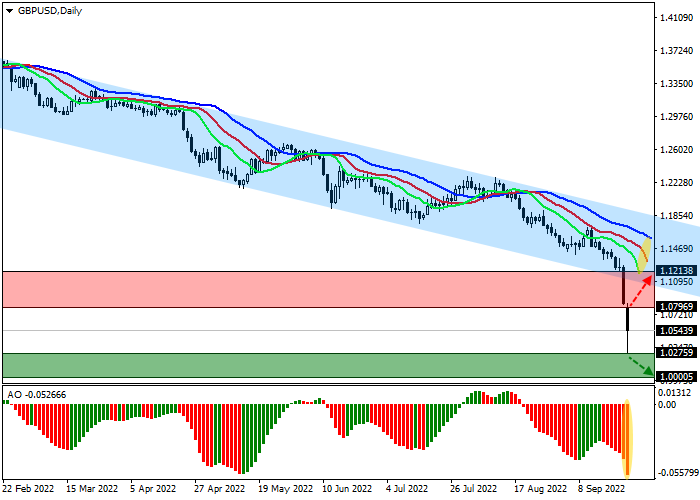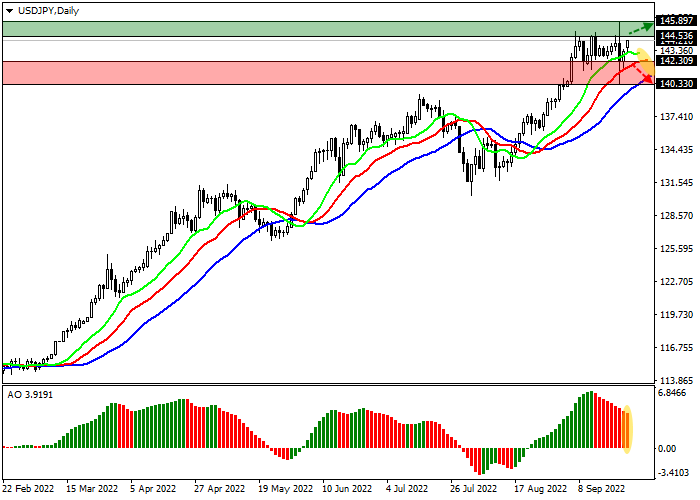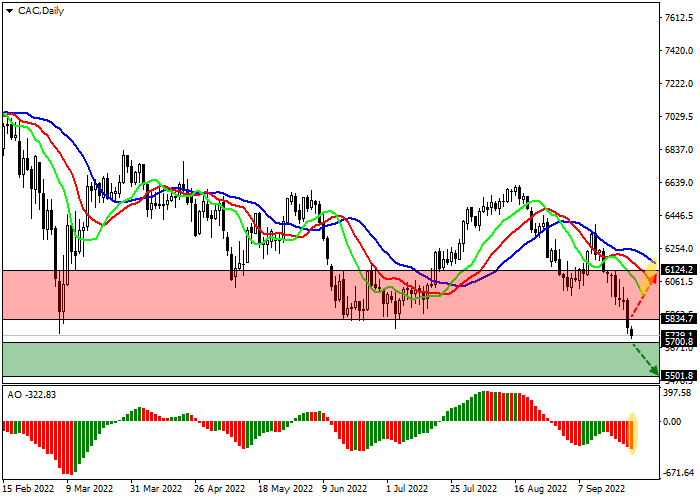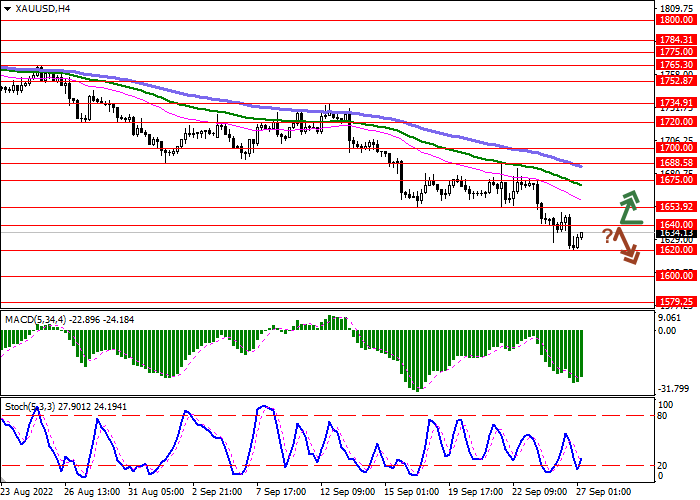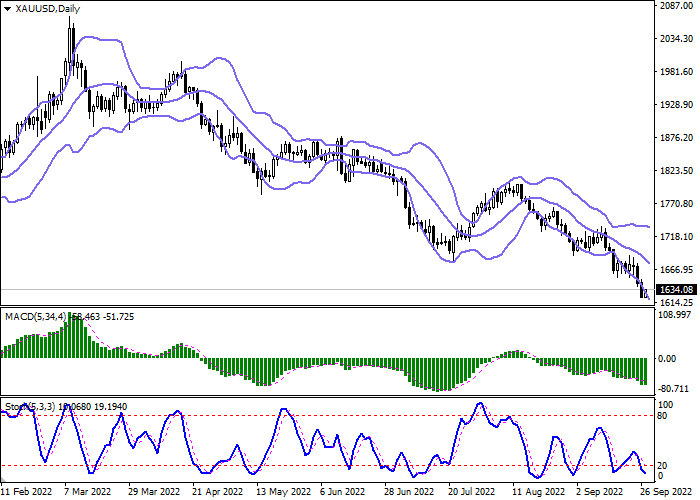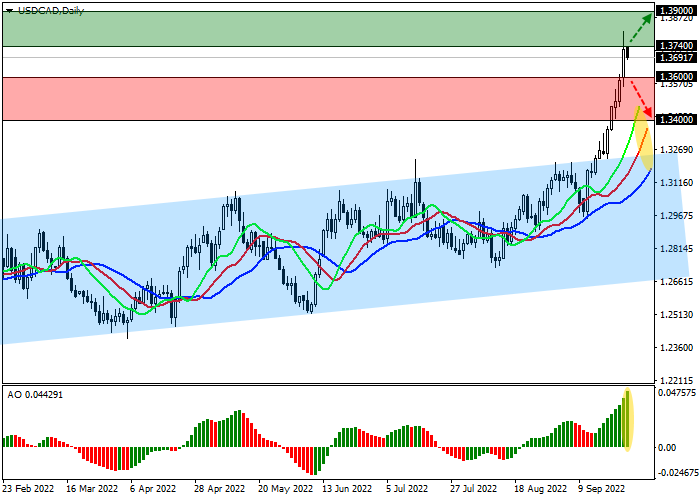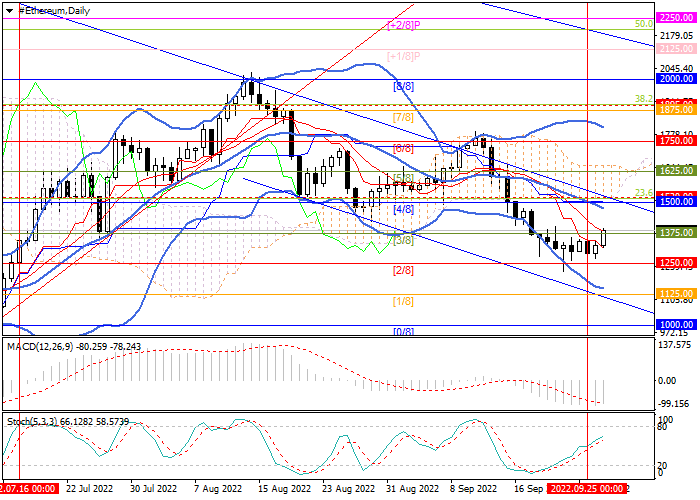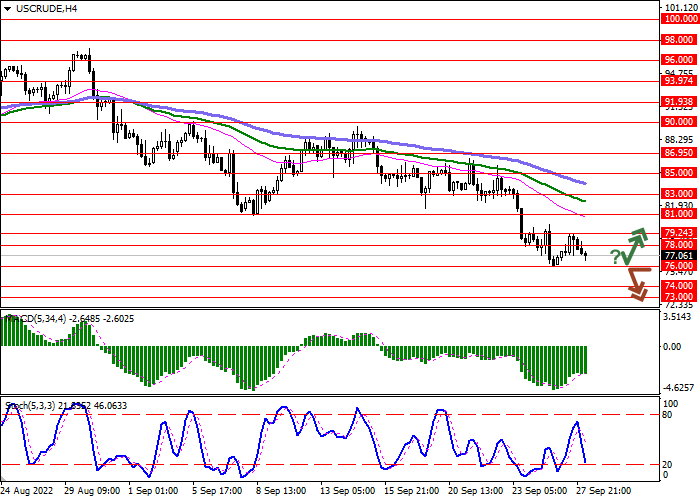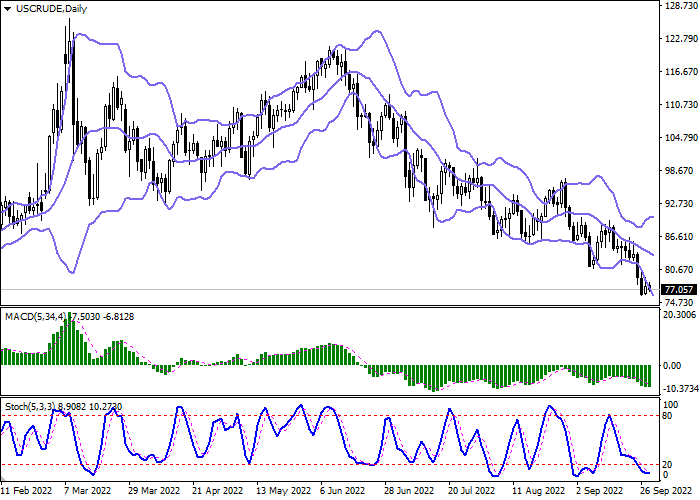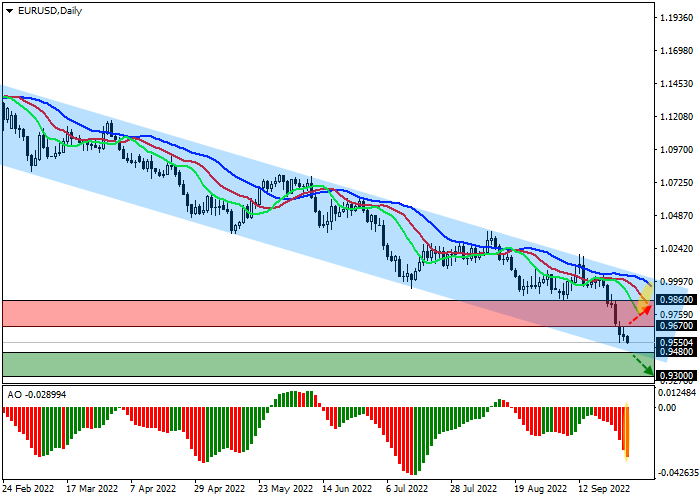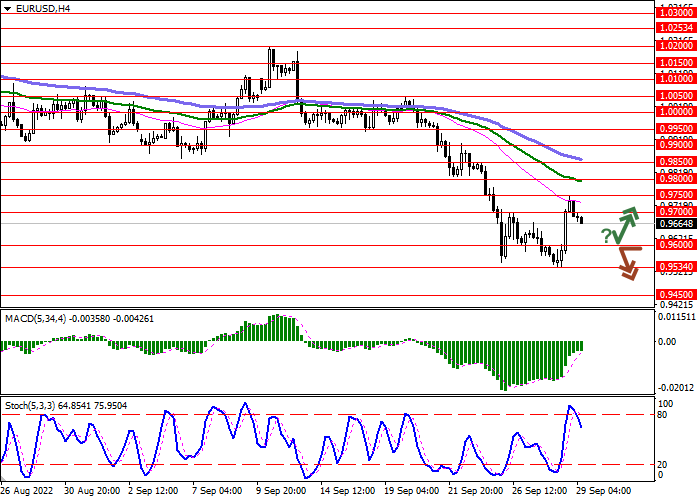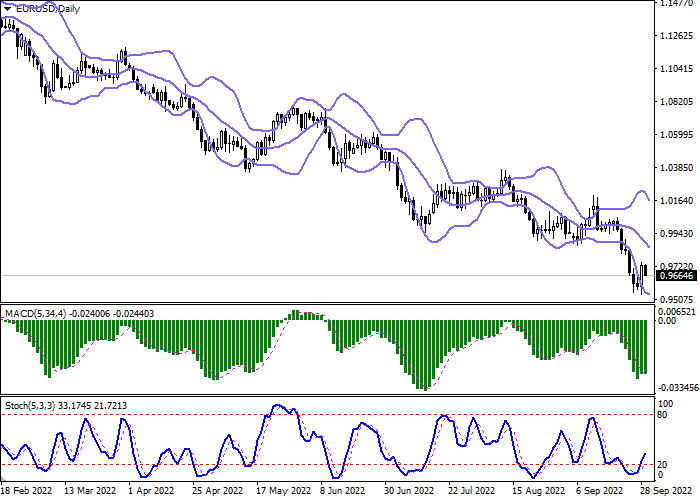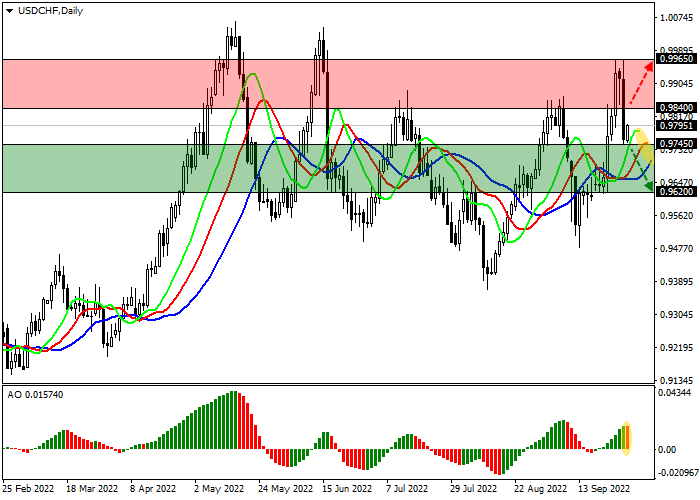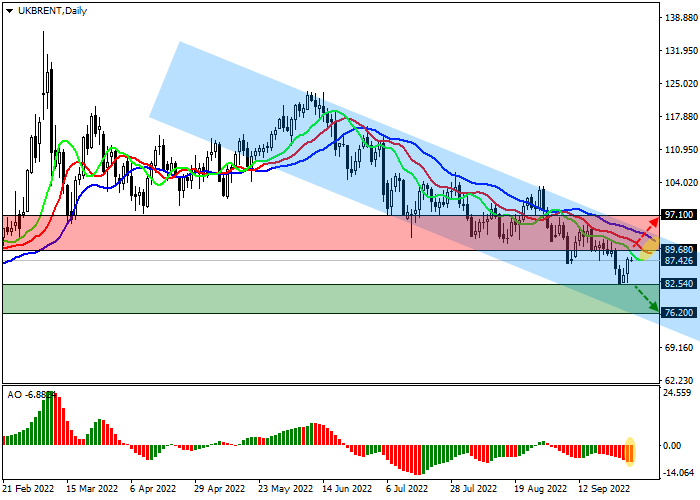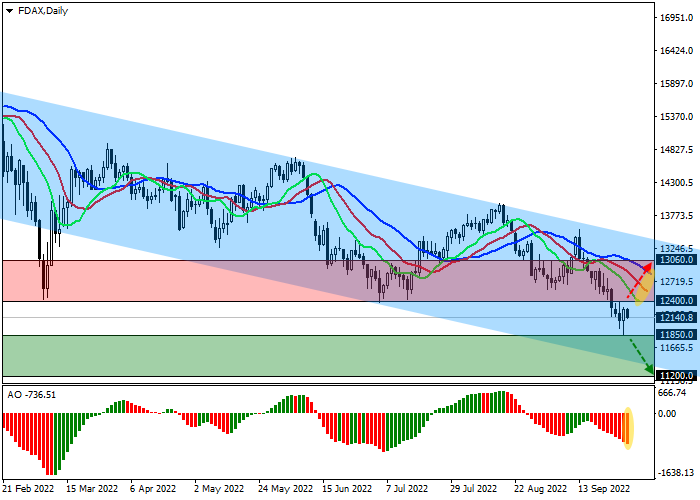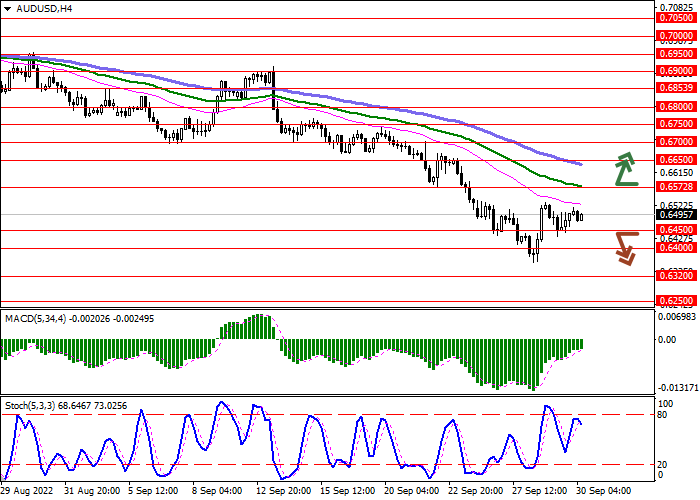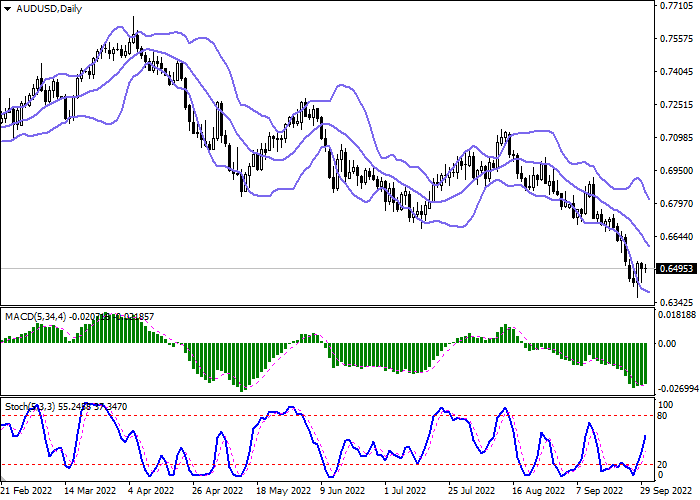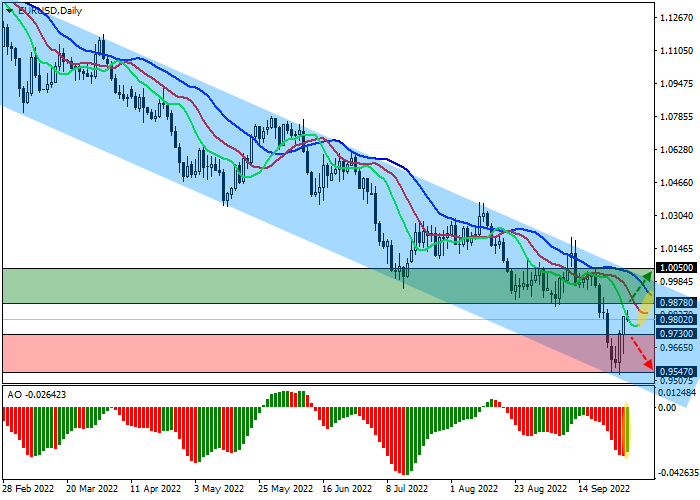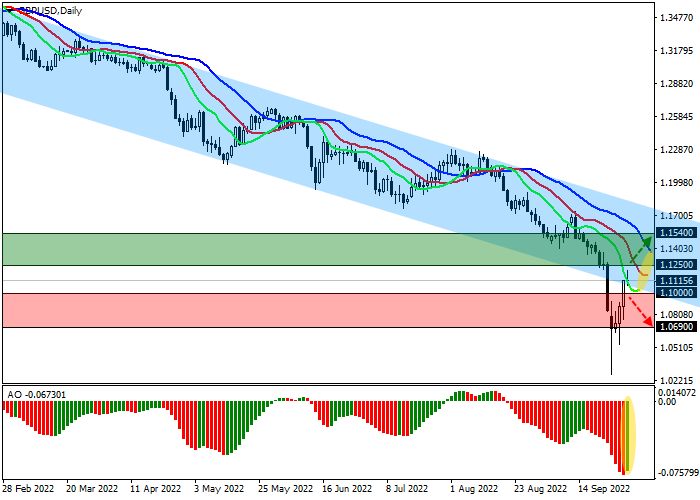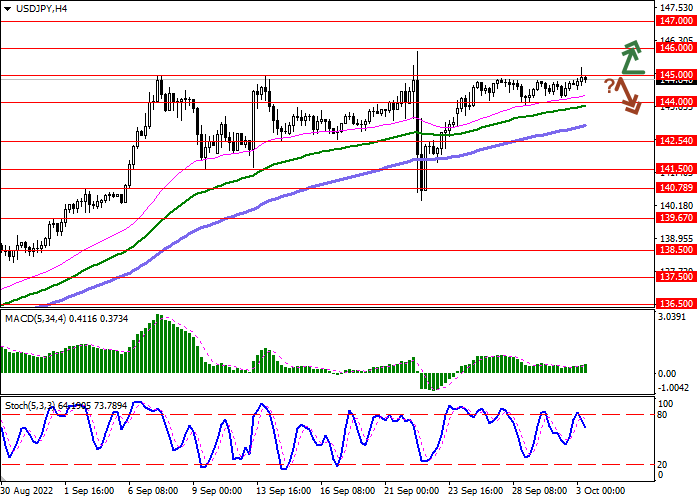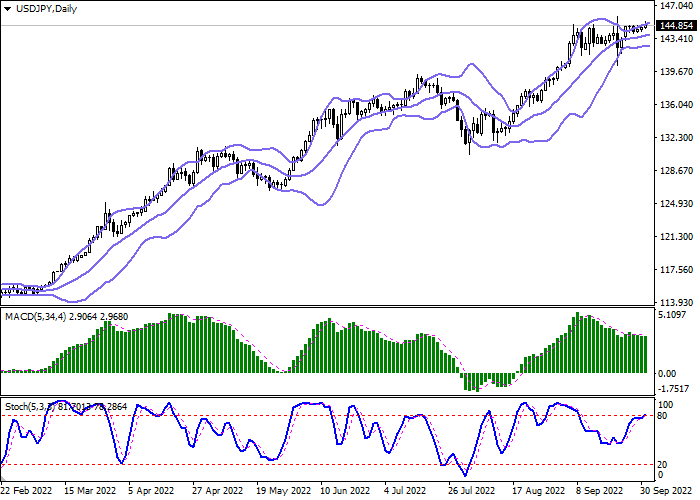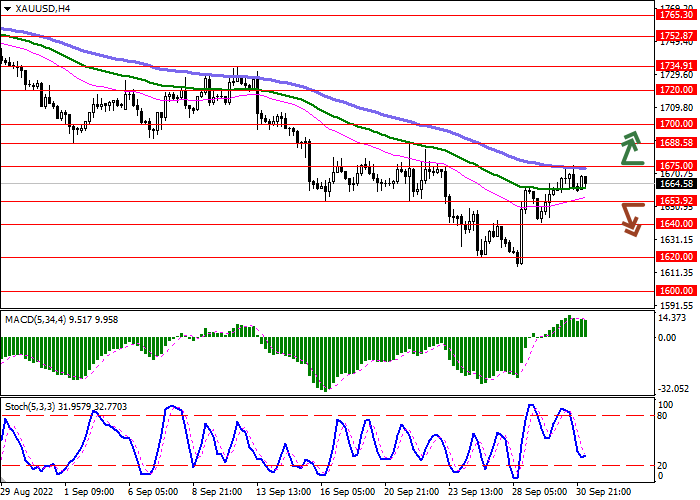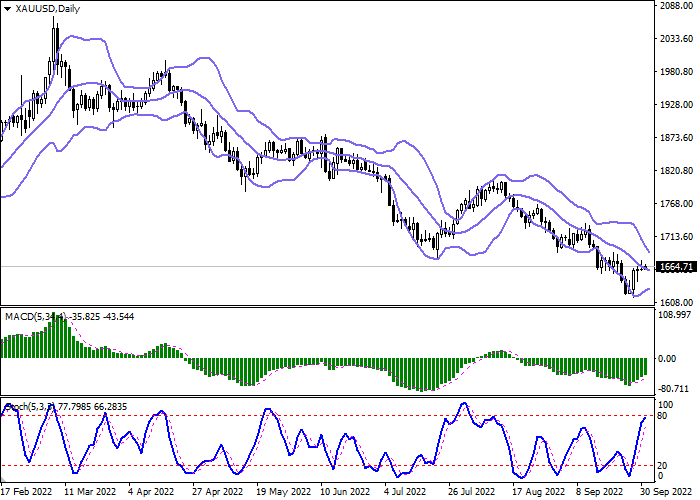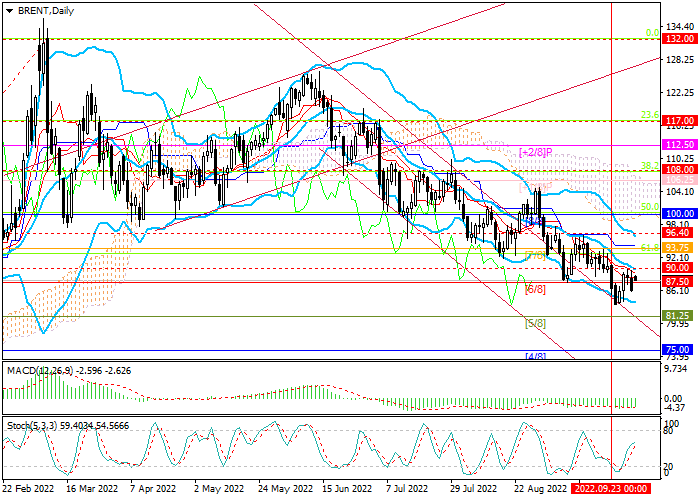SOLIDECN
Senior member
- Messages
- 3,041
- Likes
- 0

USDCAD - Trend change in the pair
This week, there was a lack of Canadian statistics published, which allowed the quotes of the trading instrument to remain under the full control of the US currency, but today the situation may change after Statistics Canada publishes data on retail sales for July. According to forecasts, the underlying indicator may decline by 1.2% after rising by 0.8% a month earlier, while retail sales may decrease by 2.0% after rising by 1.1% in June, which only exacerbates the dynamics of the trading instrument.
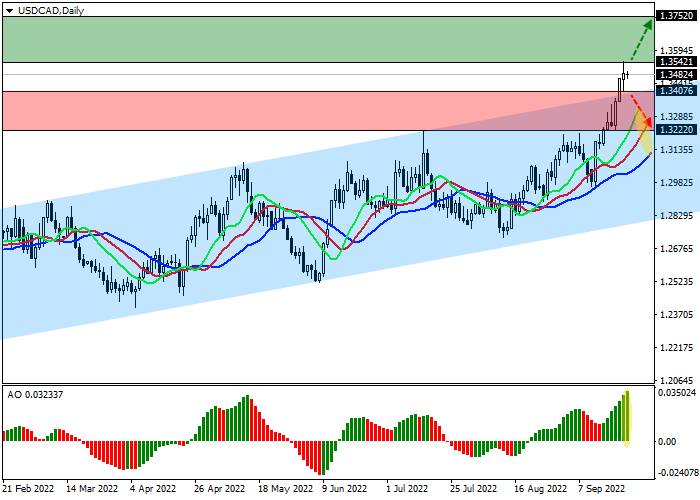
On the daily chart of the asset, the price continues to trade above the resistance line of the wide ascending channel with dynamic boundaries 1.28 – 1.34, confidently holding in the uptrend. The Alligator indicator's EMA oscillation range expands upwards, and the AO oscillator's histogram forms rising bars in the buying zone.
Resistance levels: 1.354, 1.375 | Support levels: 1.34, 1.322

On the daily chart of the asset, the price continues to trade above the resistance line of the wide ascending channel with dynamic boundaries 1.28 – 1.34, confidently holding in the uptrend. The Alligator indicator's EMA oscillation range expands upwards, and the AO oscillator's histogram forms rising bars in the buying zone.
Resistance levels: 1.354, 1.375 | Support levels: 1.34, 1.322

